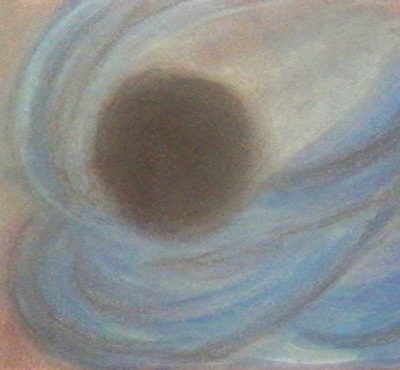
-Photo by Maria Polykarpou-
As we enter into life we are called to unfold our story in this world. Whilst starting to reflect on the way we live, we soon realise that the structure of our daily routine is mainly based on doing; we constantly act to produce, to organise, to solve, to gain, to succeed, to care, to give and to sustain life according to our needs and the standards of the external environment -family, society, economy, and politics.
But what happens when cracks appear on this mind-based and mechanical way of living, cracks which might bring confusion, anxiety or loss, cracks which may create ambivalence in our lifestyle, beliefs, or values?
Our natural reaction is to search for solutions that will bring recovery. As humans, we live in the intermediate space of two worlds, inner and outer, and we are able to search for solutions either by focusing on each world separately or by using them as one complementary to the other. Usually, the practical solutions of the external world offer a brief relief but, this does not lead to a deeper understanding of the cause. Therefore, as a consequence after a while we are in front of the cracks again, experiencing deeper pain and confusion than before. At this moment something might call upon us to look internally, into the world of our soul.
What one finds by turning the attention within is the vast symbolic and metaphoric material which holds a language opposed to the doings of the exterior world. Psychology of depth suggests that the symbolic material of the soul contains the knowledge of our current psychological state which is connected with the way we shape our external life. In order for us to extract the inner knowledge and apply this, we need to use tools that will help us understand the symbolic language of the soul, the language of the unconscious.
Dreams have been found to be one of the main doors which give us access to the unconscious. Dreaming is a natural psychic and mental self-regulating process that happens during sleep. Dreams are considered to be spontaneous products of the unconscious, out of our control, and our will. They contain images, emotions, ideas, and physical sensations. This includes past experiences, what happens in the present, and archetypal events that take place in the psyche. Their symbolic language has the ability to bring forth everything that is latent into consciousness.
During difficult moments in life, dreams tell us where we psychologically are. Their purpose is not to advise us what to do, but to teach us what we are doing. Their symbolic stories make visible to us the way we relate with ourselves and others through the patterns of our thinking, feeling, and behaving. They show the undeveloped parts of our self which need to grow, they make us aware of the psychological and developmental transitions we may go through, they speak to us of old wounds which have been pushed away, they present our inner conflicts from unresolved complexes, they bring us in front of memories, anticipations, repressed wishes, wild fantasies, and even future events.
Working with dreams does not mean to have them interpreted to us, but actually to experience them in space and time. In dream analysis, expressive arts are the main vehicle that allows us to go deeper into the symbolic meaning of dream stories and images. For example, when a dream takes the form of a painting, a sculpture, a mask, a body movement, opens up the possibility to explore all its dimensions. Its psychic energy is being released in the safe container of creativity making present the unconscious material in the light of consciousness.
In this way, dreamwork through the arts helps us to bring a deeper understanding of our two-sided nature. We learn that by tracing and becoming aware of the happenings in our inner world, we are able to find meaning in the cracks that appear in our external life. Only then we can gain strength to take conscious actions that can initiate true reparation and growth in our life.
